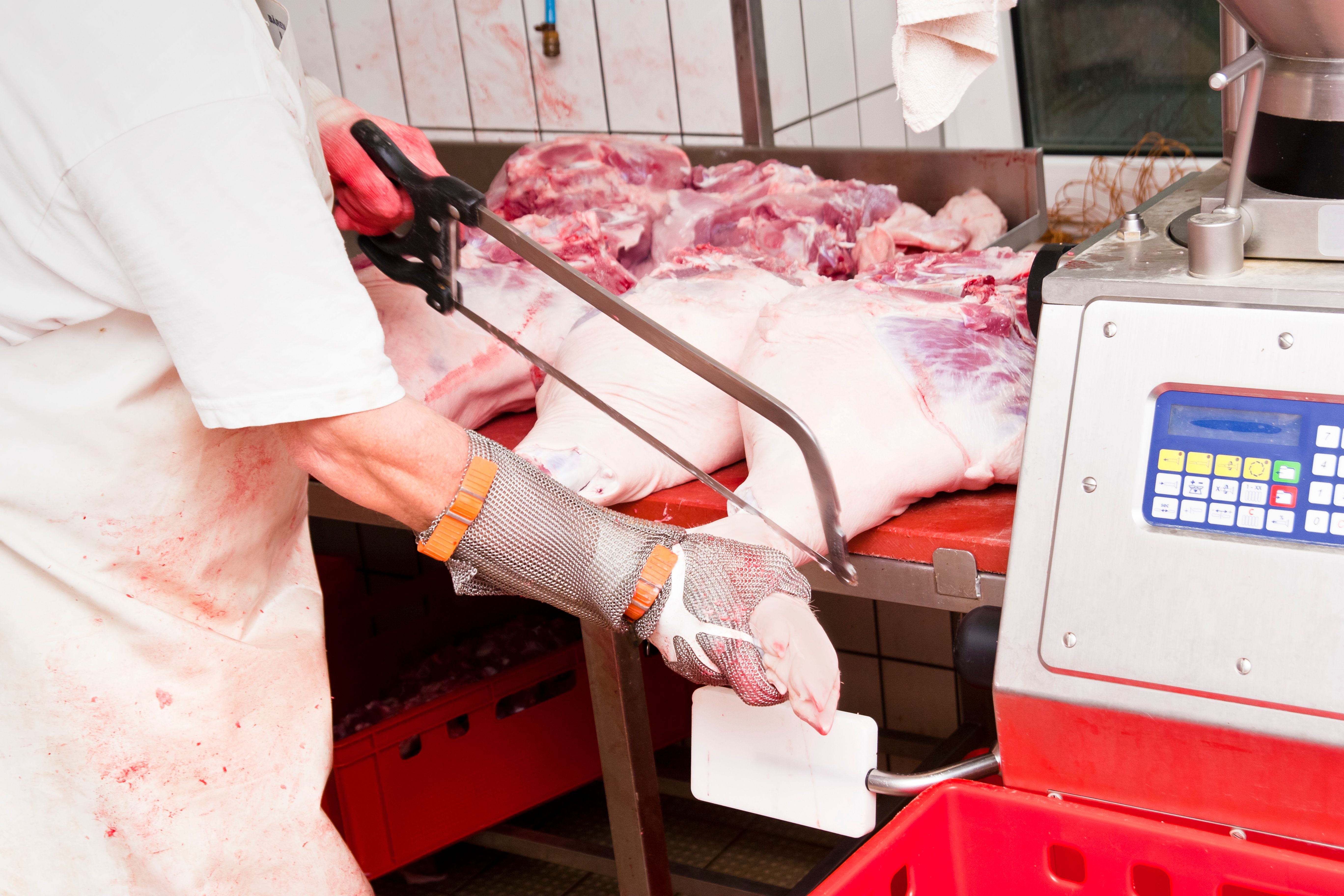Global Incentives for Slaughterhouse Certification
Understanding Slaughterhouse Certification
In recent years, there has been a significant push towards ensuring that slaughterhouses worldwide adhere to stringent certification standards. This move is driven by a combination of animal welfare concerns, food safety, and environmental sustainability. Certification acts as a benchmark for slaughterhouses, ensuring that they meet specific criteria that align with global best practices.
Slaughterhouse certification is not just about meeting basic legal requirements. It involves adopting advanced practices that enhance the quality of meat products and ensure humane treatment of animals. The certification process often includes rigorous assessments, audits, and continuous monitoring to ensure compliance with international standards.

The Role of Global Incentives
Global incentives play a crucial role in encouraging slaughterhouses to pursue certification. Countries and international bodies offer various incentives to promote compliance with certification standards. These incentives can range from financial support to market access advantages, all designed to make certification appealing and beneficial for slaughterhouse operators.
One of the most significant incentives is improved market access. Certified slaughterhouses often gain entry into lucrative international markets that prioritize high-quality and ethically sourced meat products. Additionally, certification can lead to enhanced brand reputation, which is increasingly important as consumers become more discerning about the origins of their food.
Financial Benefits and Support
Many governments and organizations provide financial incentives to slaughterhouses seeking certification. These can include grants, subsidies, or low-interest loans aimed at helping facilities upgrade their operations to meet certification standards. Financial support can significantly reduce the burden on slaughterhouses, making the transition to certified status more attainable.

Moreover, certified slaughterhouses may benefit from reduced insurance premiums and lower operating costs in the long term. By adhering to certification standards, these facilities often experience fewer incidents related to food safety and animal welfare, translating into cost savings and reduced risk.
Enhancing Animal Welfare
Certification standards place a strong emphasis on animal welfare, requiring slaughterhouses to implement humane handling practices throughout the supply chain. This focus not only aligns with ethical considerations but also improves meat quality by reducing stress-induced factors in animals. As global awareness of animal welfare issues rises, certification ensures that slaughterhouses meet these growing demands.
Adopting humane practices can also lead to operational efficiencies. Well-treated animals are easier to handle and process, reducing the risk of accidents and improving overall productivity. This creates a win-win scenario where both ethical standards and business objectives are met.

Environmental Impact and Sustainability
Environmental sustainability is another key area addressed by slaughterhouse certification. Certified facilities are required to implement measures that minimize their environmental footprint, such as waste management systems, energy-efficient technologies, and water conservation practices. These initiatives not only contribute to global environmental goals but also enhance the operational efficiency of slaughterhouses.
By prioritizing sustainability, certified slaughterhouses can reduce their impact on natural resources while appealing to environmentally conscious consumers. This alignment with global sustainability trends provides a competitive edge in an increasingly eco-aware marketplace.
The Future of Slaughterhouse Certification
As global demand for ethically sourced and sustainable meat continues to rise, the importance of slaughterhouse certification is expected to grow. With ongoing advancements in technology and increased consumer awareness, certification standards are likely to become even more stringent in the future.
For slaughterhouses, the path forward involves embracing these changes and continuously improving their practices to meet evolving standards. By doing so, they not only contribute positively to global food systems but also secure their place in a rapidly changing industry landscape.
